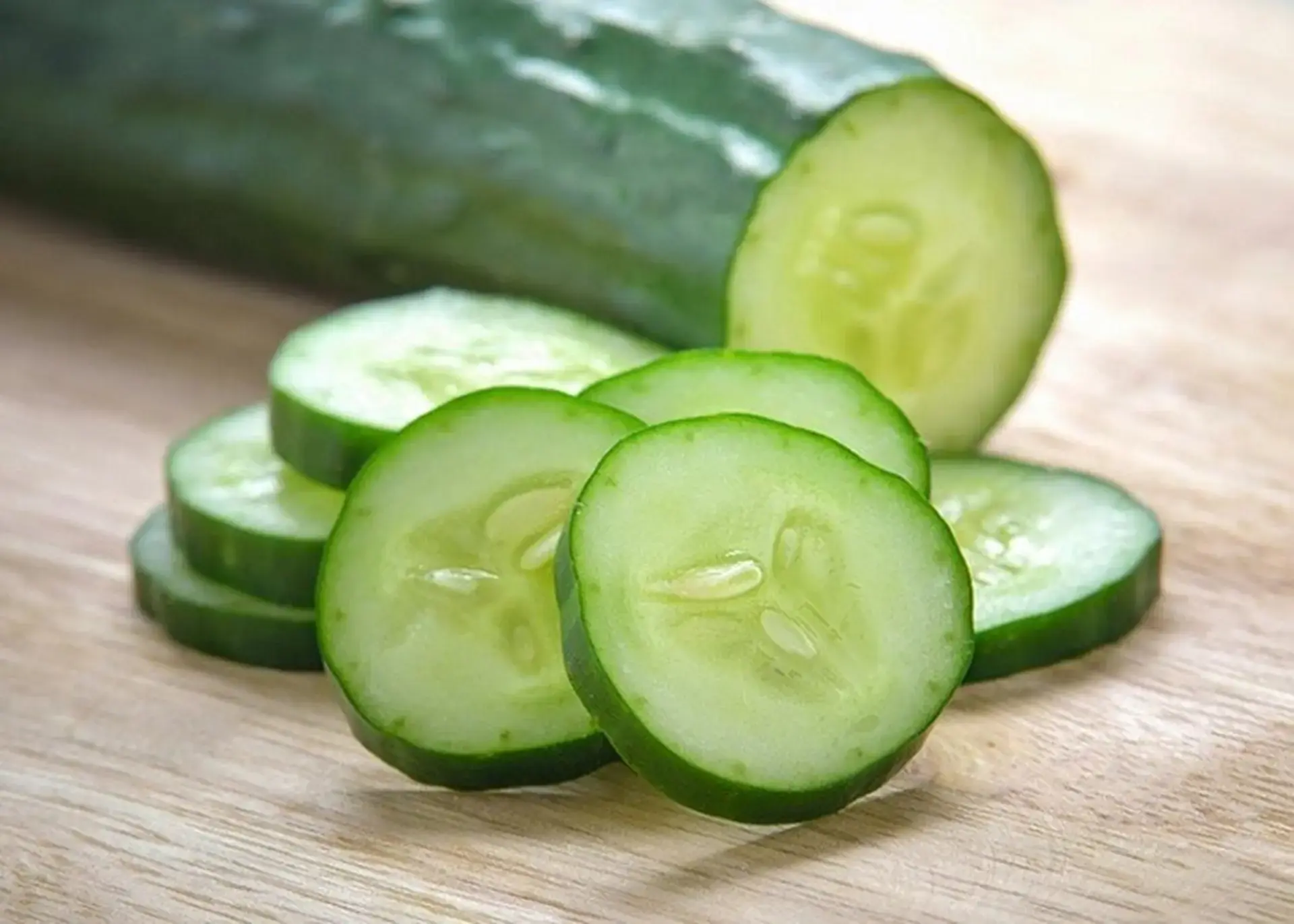
Surprising uses of rice you should know
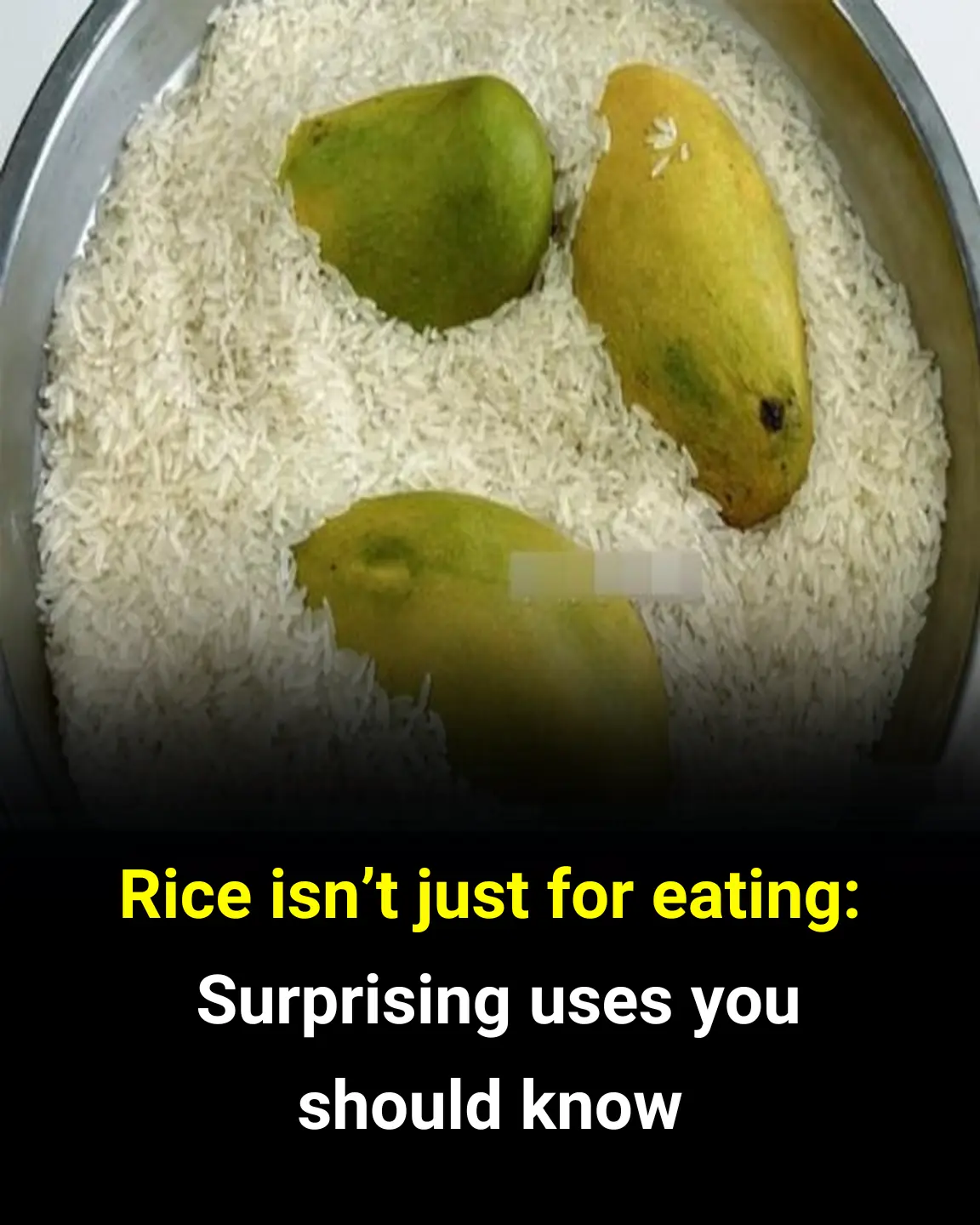
Rice is one of the most important staple foods worldwide, feeding billions every day. It’s well-known for its role in countless delicious dishes, from simple steamed rice to elaborate recipes. However, rice is not just a dietary staple - this humble grain has many surprising uses in daily life beyond cooking. Whether in household tips, health remedies, or gardening, rice proves to be incredibly versatile. Here are some unexpected ways you can use rice that you probably didn’t know about.
1. Rice as a Natural Moisture Absorber
One of the most popular alternative uses of rice is its ability to absorb moisture. Many people have used rice to dry out electronics accidentally exposed to water. For example, if your phone or camera gets wet, placing it in a bowl of uncooked rice can help draw out moisture, potentially saving your device from damage. This desiccant property of rice can be useful for drying small items or preventing dampness in enclosed spaces.
2. Keep Household Tools Rust-Free with Rice
Rust can be a persistent problem for metal tools like scissors, knives, or small hand tools, especially when stored in humid environments. Rice acts as a natural moisture absorber inside toolboxes or storage containers. Simply placing a small bag or handful of rice where your tools are stored helps keep moisture levels down, reducing the risk of rust. Some also recommend wrapping tools in plastic and burying them in dry rice for even better protection.
3. Extend the Freshness of Eggs
Rice can be used as a natural storage aid for eggs. During hot seasons, eggs spoil quickly if left out in open air, and refrigeration may not always be available or convenient. A traditional method is to bury eggs in a container filled with dry rice, with the wider end of the egg facing upward. Rice helps create a dry and stable environment that slows spoilage and extends the eggs’ shelf life, making it a handy trick for households without refrigerators.
4. Speed Up Fruit Ripening
Have you ever bought unripe fruits like bananas, mangoes, or kiwi? Rice can help accelerate their ripening process. Simply place the fruits in a container or paper bag filled with uncooked rice and seal it. Rice traps ethylene gas—a natural hormone released by fruits - that promotes ripening. This method creates a controlled environment, ensuring fruits ripen evenly and faster within a few days.
5. Cleaning Thermos Bottles and Narrow Containers
Cleaning hard-to-reach areas of narrow-neck bottles or thermoses can be difficult. Rice can serve as a natural abrasive cleaner. Add a handful of uncooked rice and some warm water into the bottle, close the lid, and shake vigorously. The rice grains rub against the interior surfaces, helping dislodge stains, residue, and build-up without scratching delicate surfaces. Afterward, rinse well, and your bottle will look sparkling clean.
6. Natural Fertilizer for Plants
Old or leftover rice that is no longer suitable for eating can be composted or directly used as fertilizer for plants. When mixed into the soil, rice gradually decomposes, releasing essential nutrients like nitrogen, phosphorus, and potassium, which help nourish plants and improve soil fertility. This method is particularly beneficial for potted plants or small gardens, promoting healthier growth and greener foliage.
7. Homemade Rice Flour for Cooking and Beauty
Rice can be ground into rice flour, which has versatile uses in cooking as well as natural beauty remedies. Rice flour is gluten-free, making it a popular alternative in baking and cooking for people with gluten intolerance. Additionally, rice flour is used in homemade skincare masks and scrubs, as it gently exfoliates and brightens the skin, harnessing the nourishing properties of rice.
8. Soothing Skin Irritations
Rice water, the starchy water left after soaking or boiling rice, is a traditional beauty secret in many cultures. It contains vitamins, minerals, and antioxidants beneficial for the skin. Applying rice water as a gentle toner or rinse can soothe skin irritations, reduce inflammation, and promote a healthy glow. It can also be used as a mild cleanser or hair rinse to enhance scalp health.
9. DIY Hand Warmers
In colder climates, you can make reusable hand warmers using rice. Simply fill a small cloth pouch with uncooked rice and sew it shut. Heating the pouch in a microwave for about 30 seconds creates a warm compress that retains heat for several minutes. These DIY rice hand warmers are natural, inexpensive, and chemical-free alternatives to commercial heat packs.
10. Rice for Crafts and Educational Activities
Rice is also a favorite material for crafts and sensory play, especially with children. Colored rice (dyed with food coloring) can be used in sensory bins to stimulate tactile exploration. It is safe, affordable, and reusable. Rice grains can also be used in arts and crafts projects like mosaics or decorations, providing a creative outlet that is both fun and educational.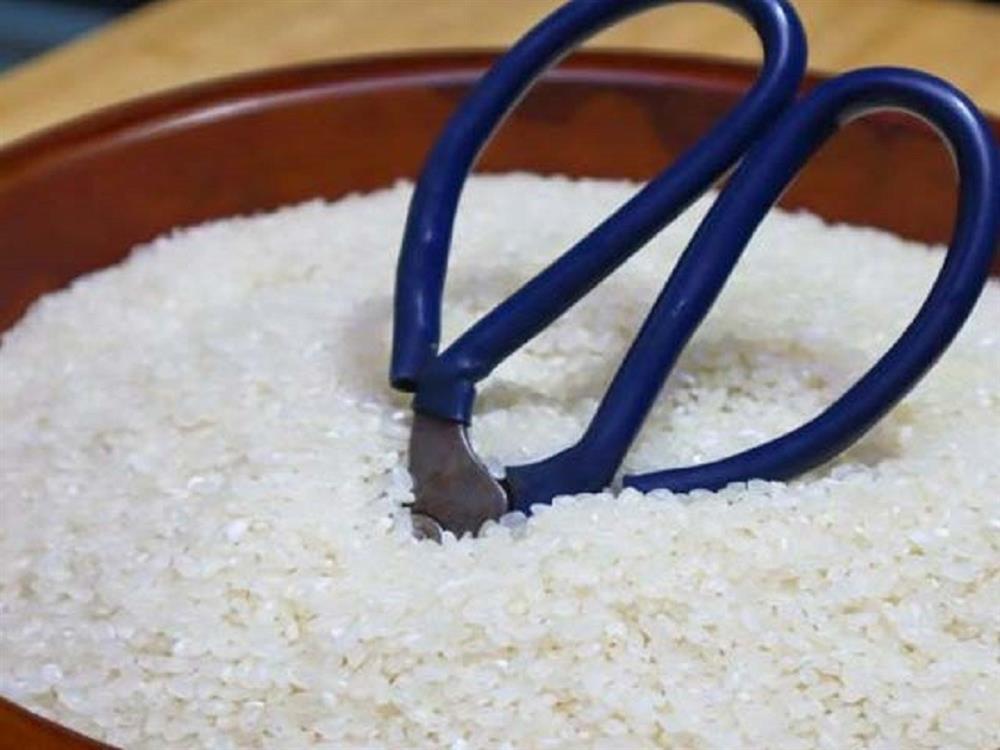
Conclusion
Rice is undeniably a dietary staple worldwide, but its uses extend far beyond the kitchen. From moisture absorption and natural cleaning to gardening and skincare, rice offers a myriad of practical and innovative applications. Incorporating these tips into your daily life can save money, reduce waste, and harness the natural power of this humble grain. Next time you look at a bag of rice, remember: it’s not just food - it’s a versatile ally in your household.
News in the same category

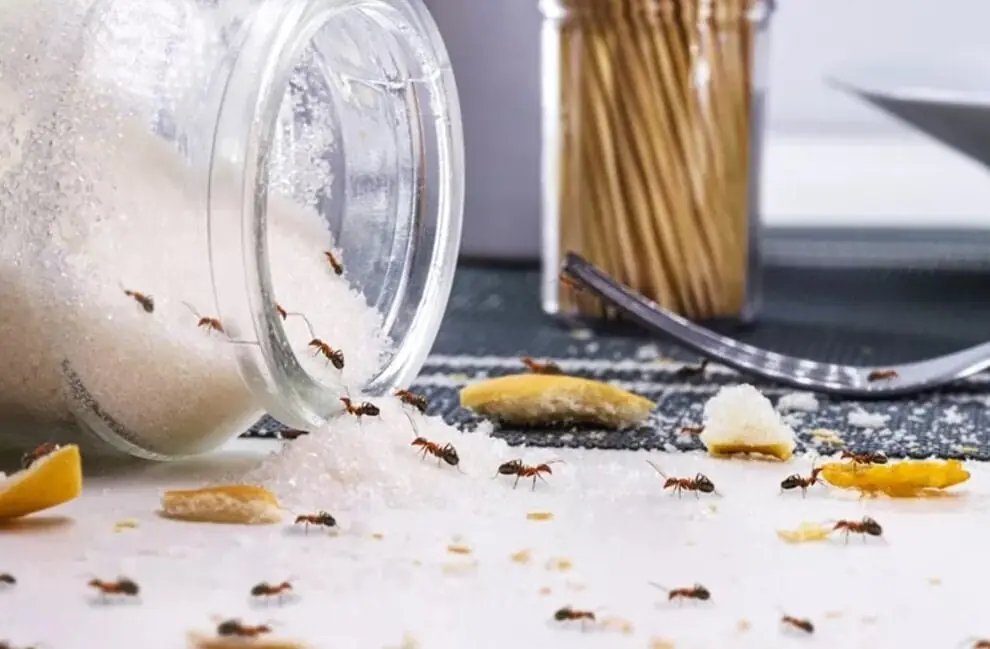
Tips to quickly get ants out of sugar jars
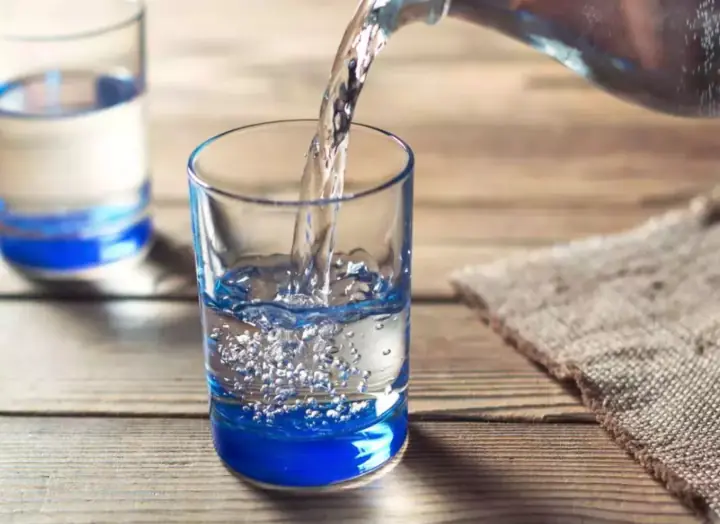
Doctor gives tips on drinking water to prevent disease and improve health without spending money

Knowing this early, you will definitely never throw away banana peels

5 devices to unplug when not in use to avoid skyrocketing electricity bills
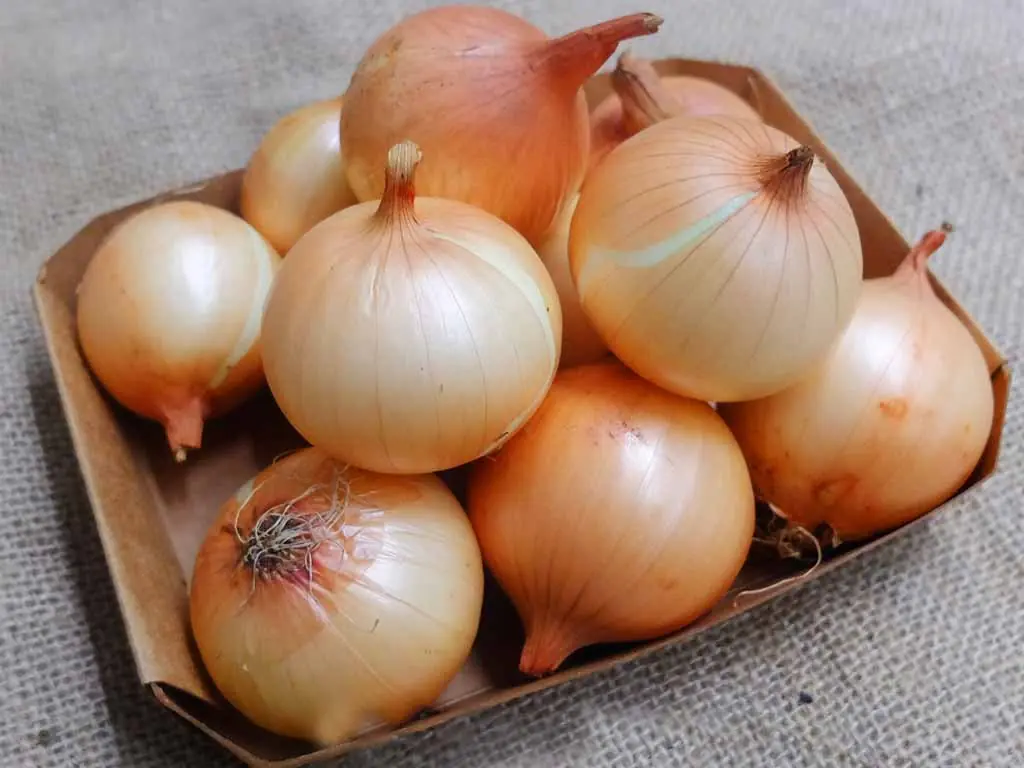
How to properly preserve onions
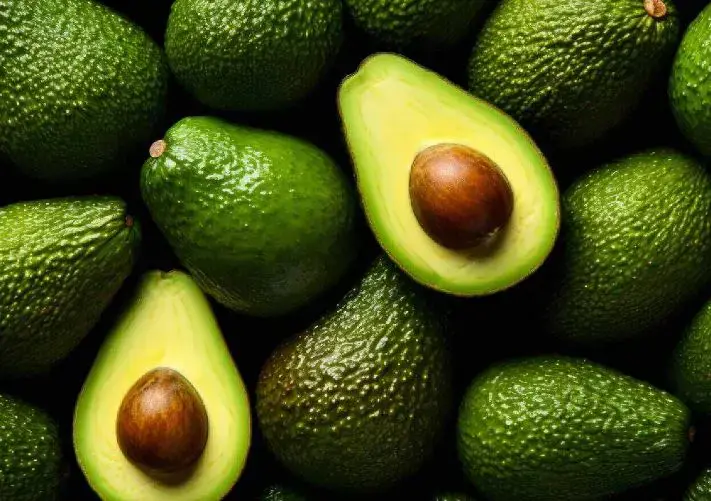
Tips to keep ripe avocados fresh longer

Tips to help you save on your electricity bill

When turning on the air conditioner, should you close the door or leave it open?
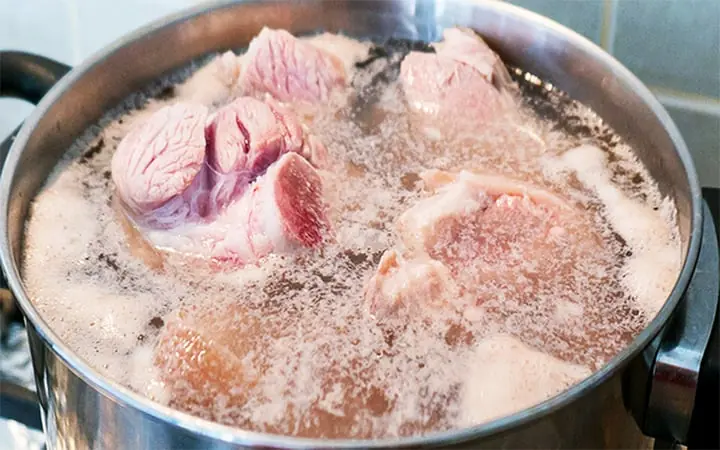
Whether to blanch bones in boiling or cold water before cooking is a matter of much debate among cooking enthusiasts; some chefs combine the two methods.
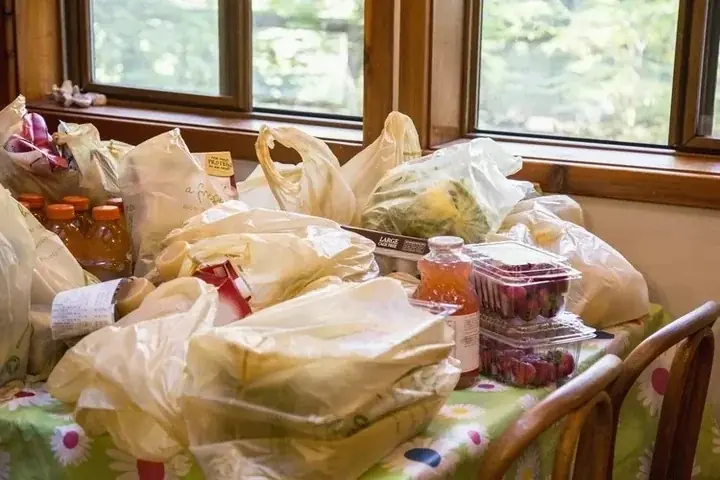
7 ways to reuse nylon bags to save money and protect the environment
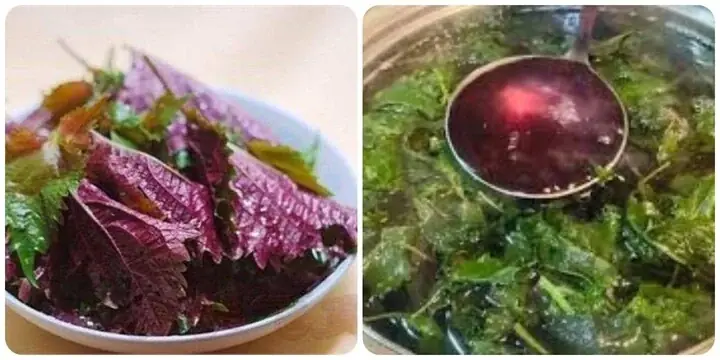
7 benefits of drinking perilla leaf water every day

Why should you put the key in the door before going to bed?
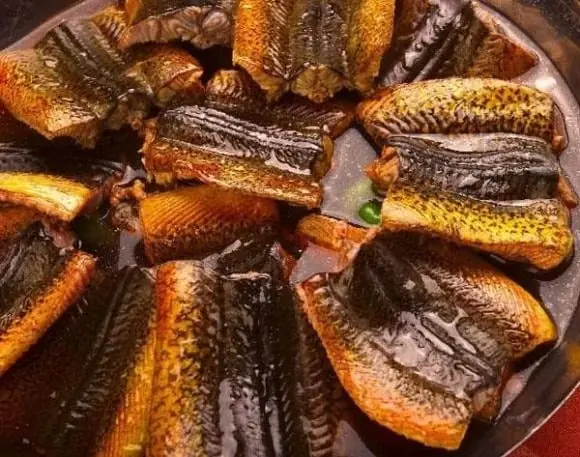
Field Eel: A Superfood for Middle Age, But 4 Types of People Should Never Eat It

Microwaving Milk Tea for 30 Seconds Nearly Set My House on Fire: These 3 Foods Should Never Be Put in a Microwave

How to defrost meat quickly
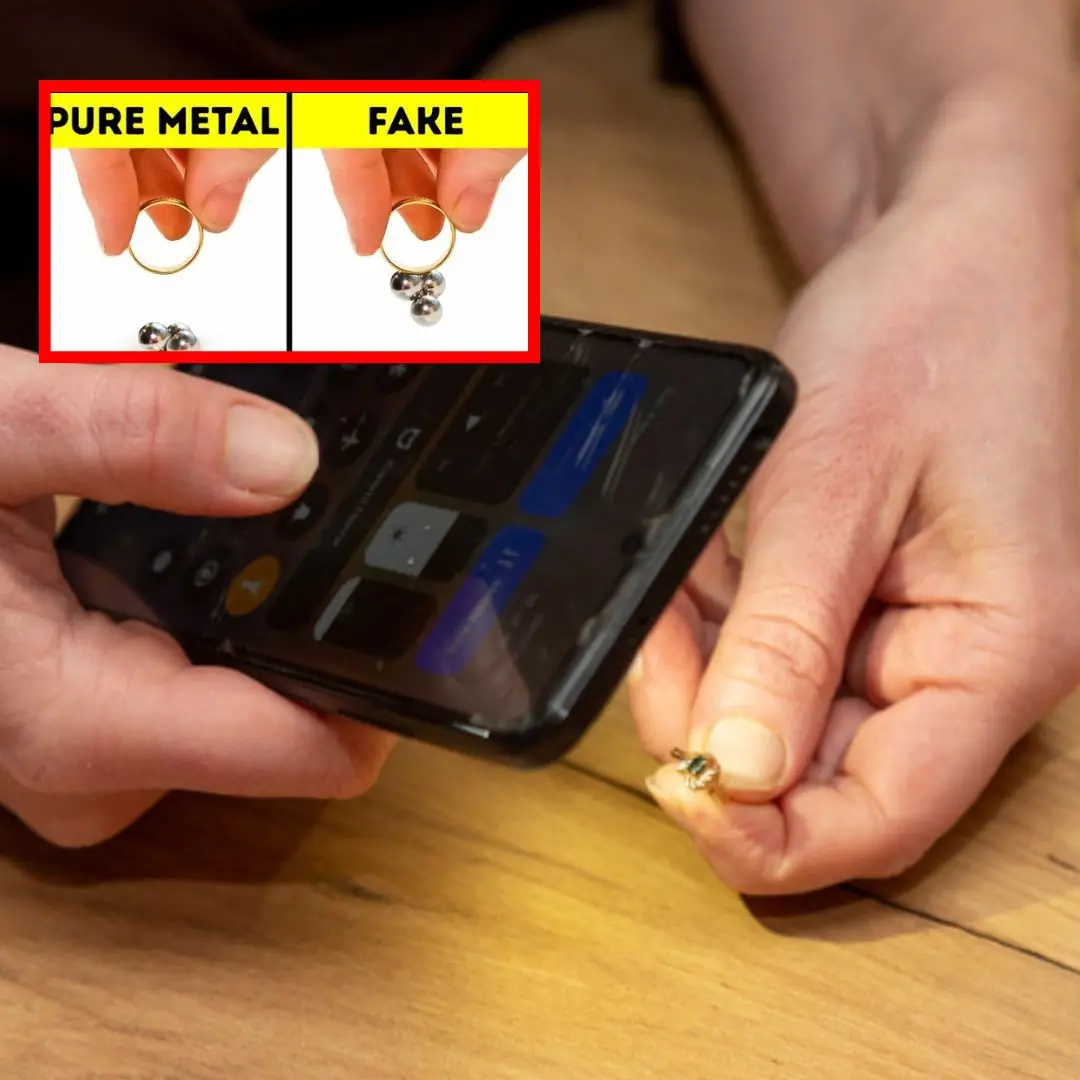
10+ tips to help you confidently identify real jewelry
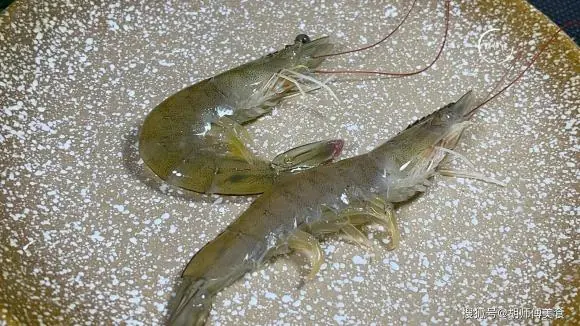
How to choose fresh shrimp when going to the market
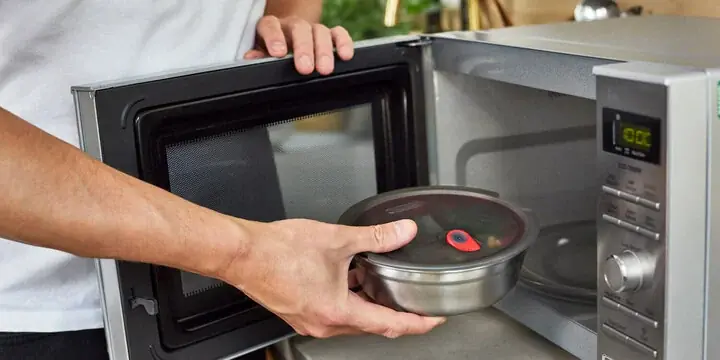
Why should you not put metal objects in the microwave?
News Post
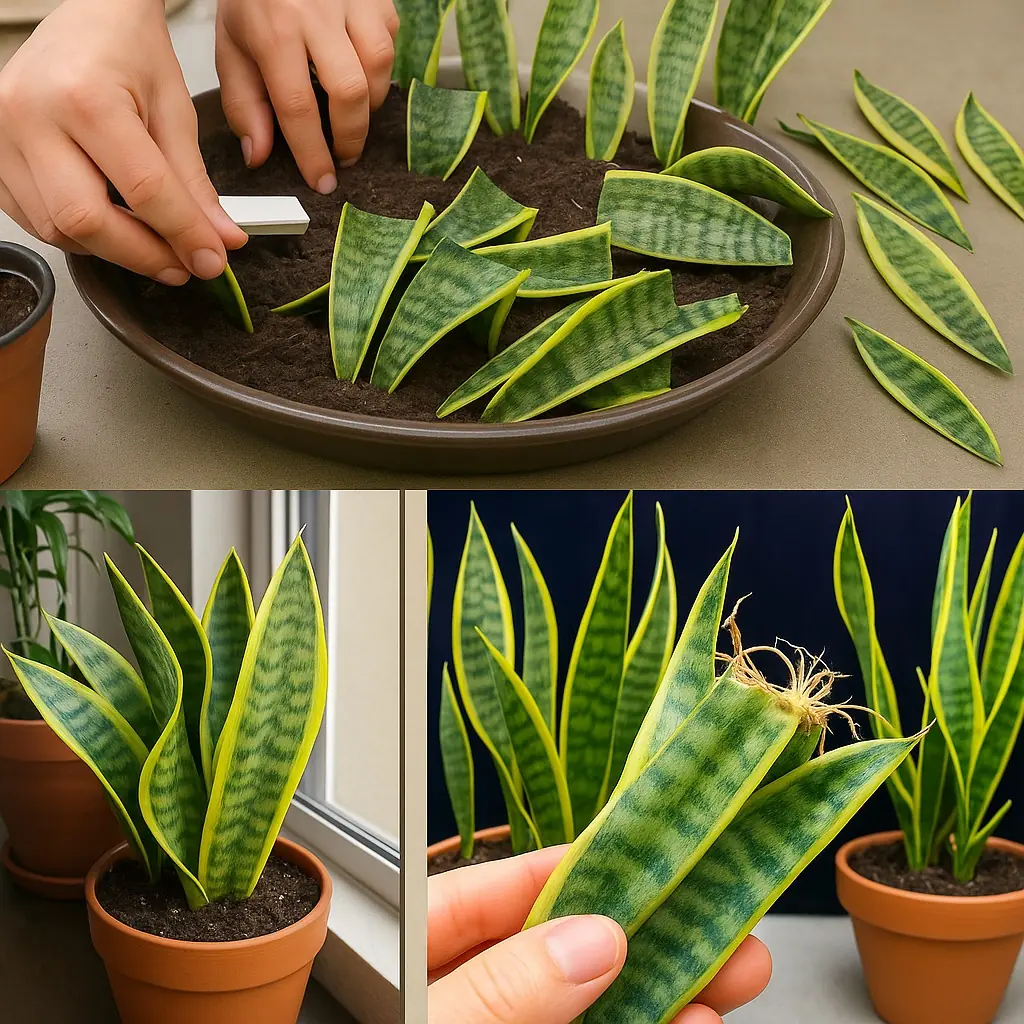
The Fastest Method to Propagate Sansevieria: From One Plant to Many
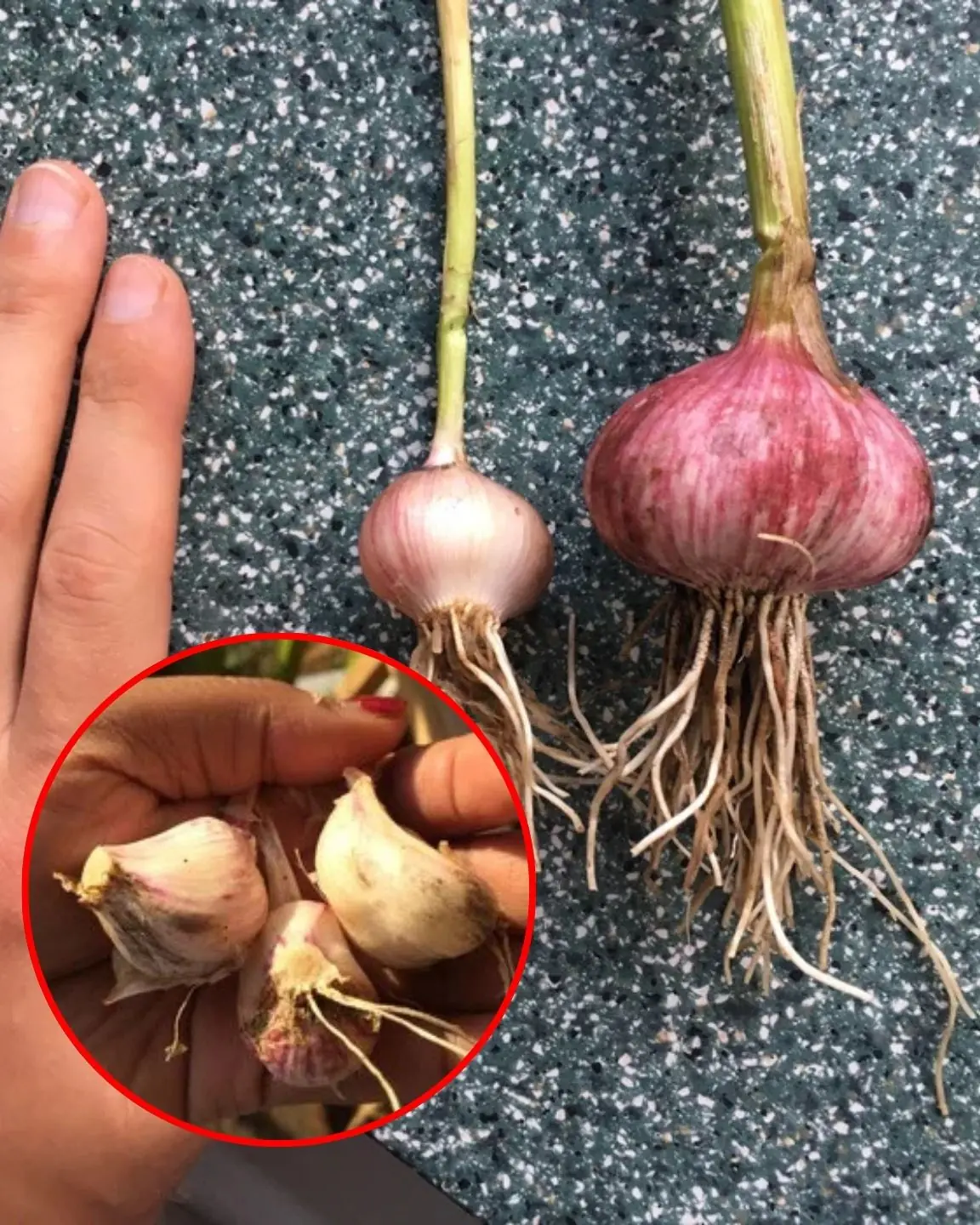
How to Grow Big Gourmet Garlic!

The Night Before Christmas: A Morality

Water and Tea: Which is better?
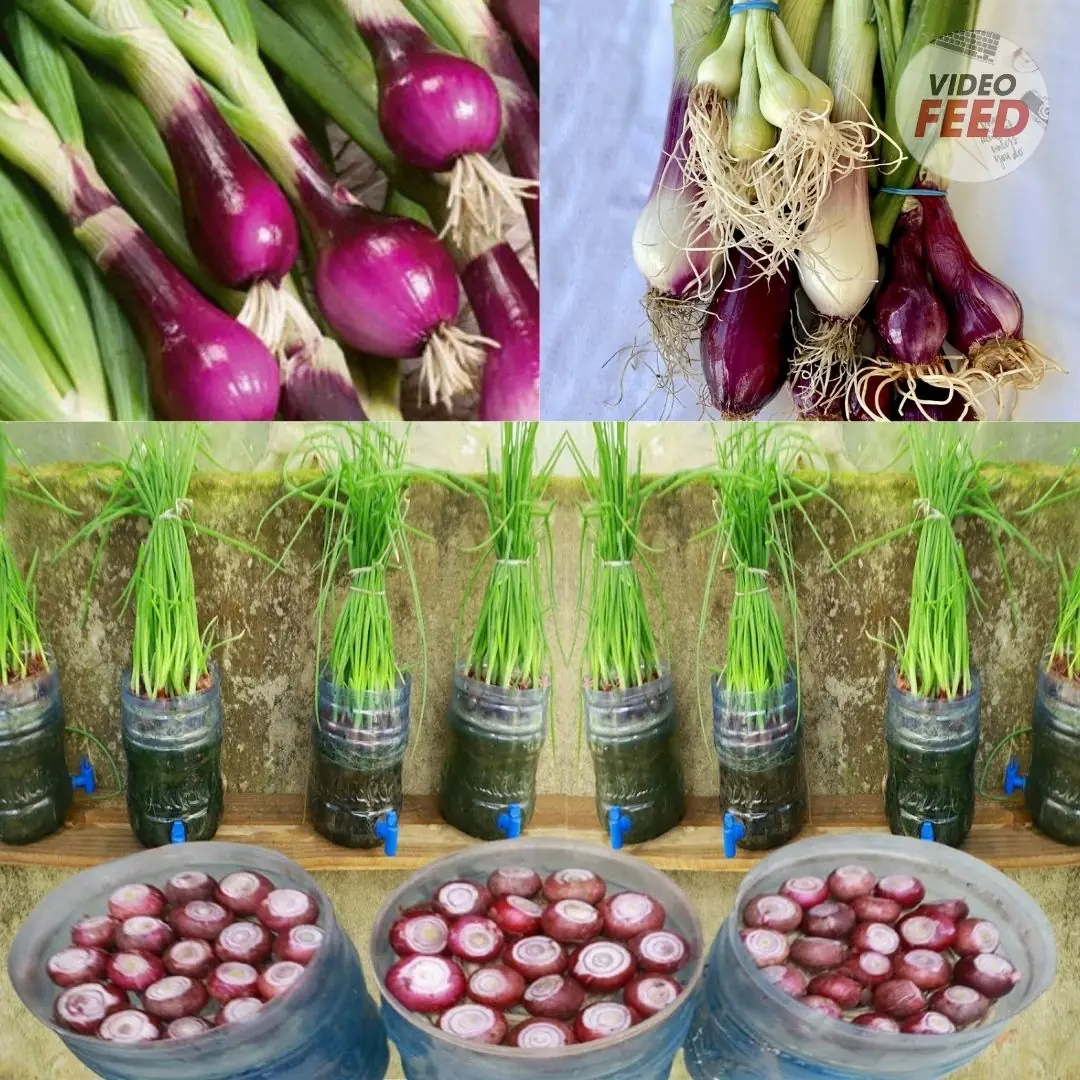
Soil-Free Green Onion Growing Method – Fresh Harvest Every 2 Weeks for 6 Months
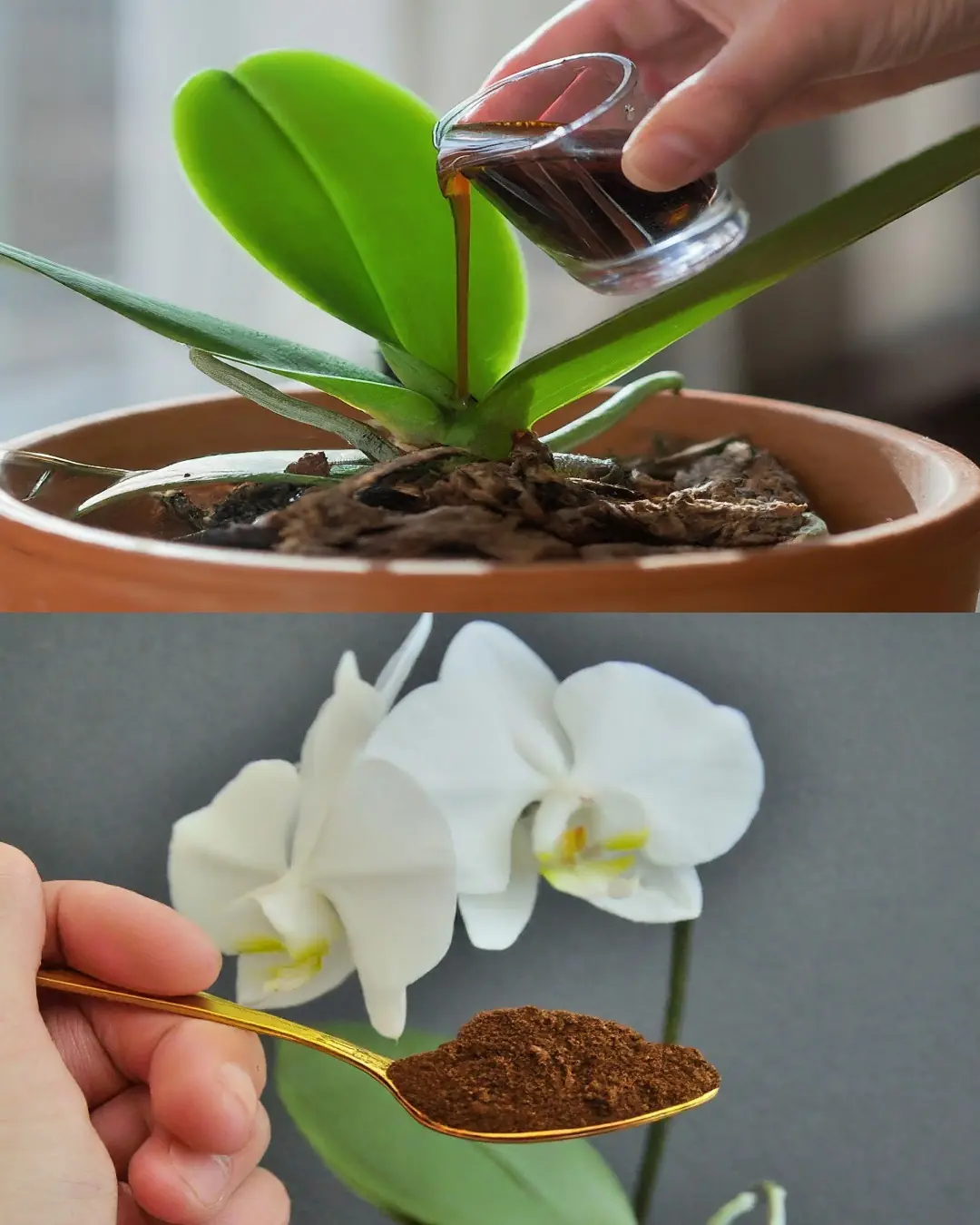
Just a Teaspoon: The Miraculous Secret to Make Your Orchid Bloom Abundantly

How to remove bitterness from cucumber

Papa Panov's Special Christmas

What are the hidden harmful effects of skipping lunch on your body?

The Vetera

A Cosmopolite in a Cafe

Who is the mother of the boy playing in the picture below?

Christmas; or, The Good Fairy

Medic demonstrates the 30-second hand test that could reveal if you have a hidden brain tumour

Tips to quickly get ants out of sugar jars
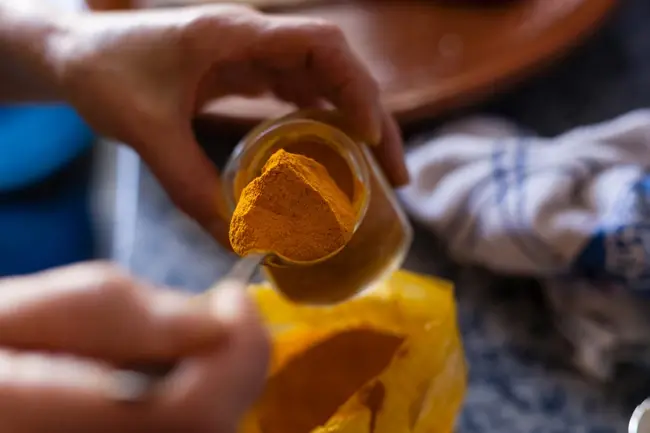
After 2 Weeks of Using Turmeric, the Body Undergoes Miraculous Changes: From Fighting Inflammation and Reversing Fatty Li.ver to Radiant Skin
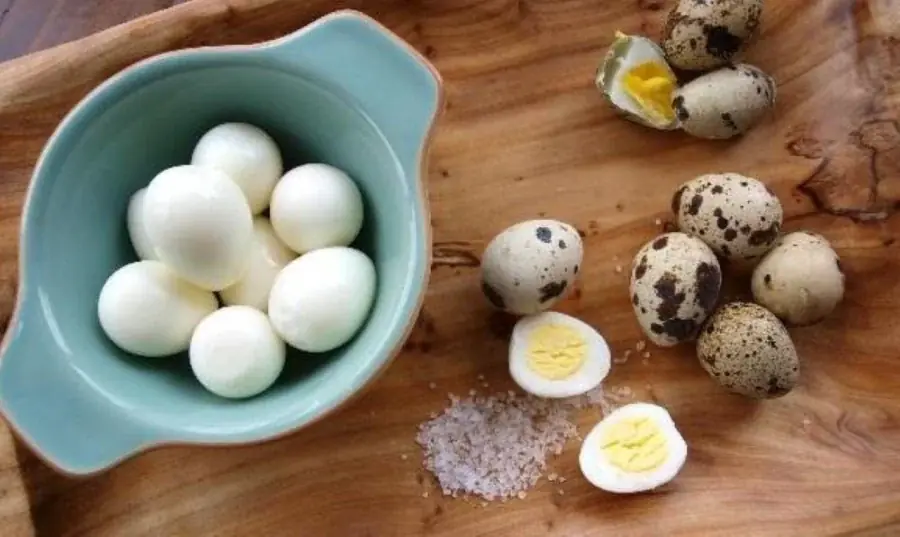
Not All Eggs Are Equally Recommended by Experts — These Two Types Should Be Eaten in Moderation

Should You Turn Clothes Inside Out Before Drying? Laundry Experts Explain!
